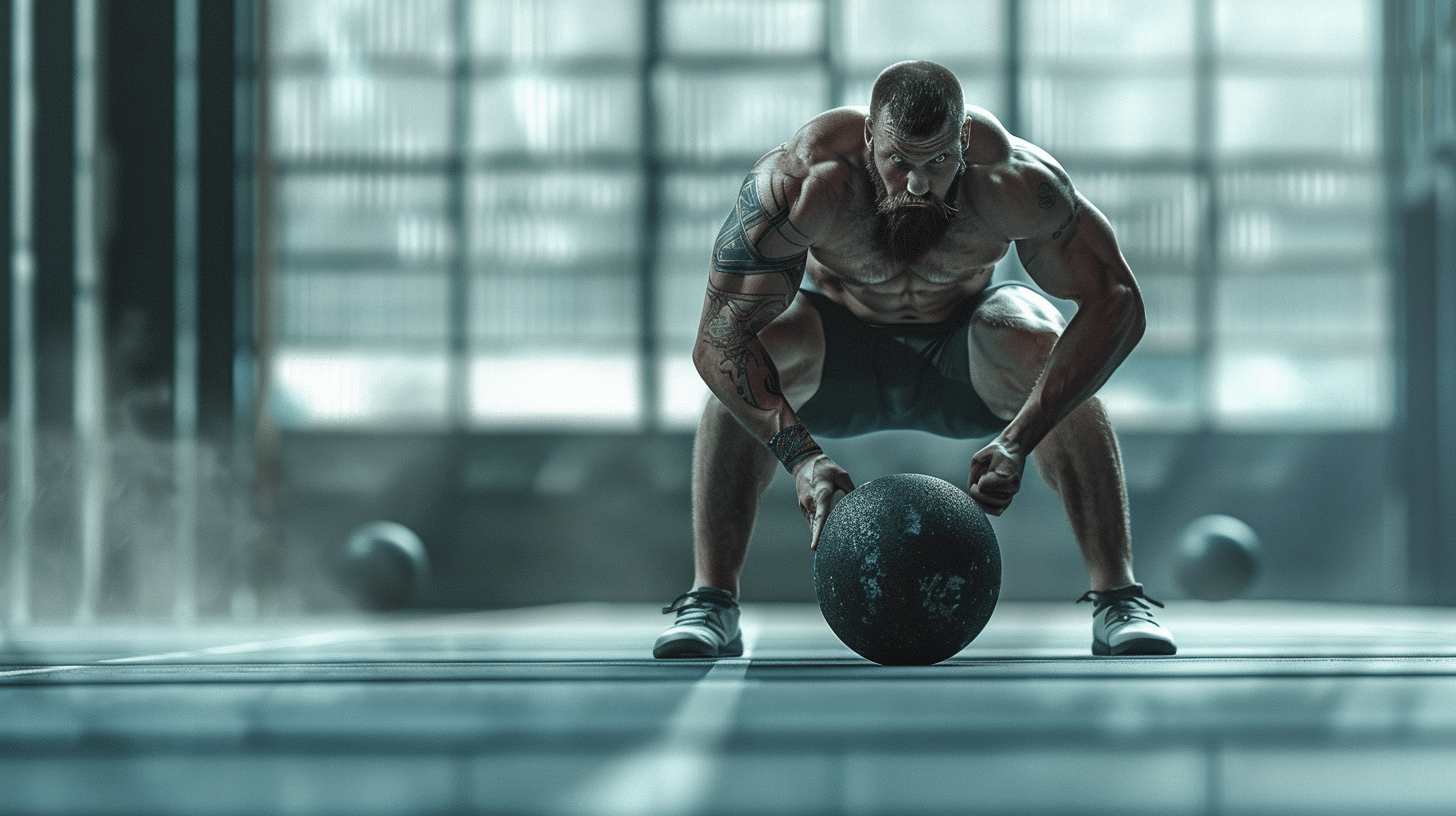How Can Inertial Measurement Units (IMUs) Improve Technique in Shot Put?

Inertial Measurement Units (IMUs) are a set of sensors that measure and report a body’s specific force, angular rate, and sometimes its magnetic field. These units are often used in navigation, stabilization, and a variety of other applications. But did you know that they can also be used to improve technique in shot put? In this article, we’ll delve into how IMUs work, the role they play in shot put, and how they can enhance performance.
A Brief Overview of IMUs
Before we discuss how IMUs can improve shot put, it’s crucial to understand what they are and how they work. IMUs are self-contained systems that measure linear and angular motion usually with a triad of gyroscopes and accelerometers. By using these two types of sensors, IMUs can track both the acceleration and the angular velocity of an object or person.
Have you seen this : How to Use 3D Motion Analysis to Prevent Injuries in Baseball Pitchers?
The data collected by these sensors is processed in real-time, providing continuous information on how an object or person is moving. This data can then be analyzed to determine ways to improve performance, whether in sports, physical therapy, or other applications.
One important thing to note is that the quality of the IMU and the precision of its sensors can drastically impact the data’s accuracy. To ensure high-quality data, it’s essential to invest in a top-tier IMU with high-performance sensors.
Also to read : How to Build a Nutrition Plan for Combat Sport Athletes Cutting Weight?
The Role of IMUs in Shot Put
Shot put is a highly technical sport that requires a combination of strength, speed, and technique. Athletes need to master the optimal foot placement, body position, and release angle to maximize the shot’s range. This is where IMUs can prove beneficial.
By attaching an IMU to the athlete’s wrist or the shot itself, coaches can obtain detailed data about the throw. This data includes the shot’s velocity at the time of release, its angular velocity, and the acceleration of the athlete’s wrist. By analyzing this data, coaches can identify areas where the athlete can improve, whether it’s modifying their foot placement, adjusting their throwing technique, or working on their strength and conditioning.
How IMUs Enhance Performance in Shot Put
Now that you understand the role of IMUs in shot put, let’s dive into how they can enhance performance. The key lies in the ability of IMUs to provide real-time, objective data about every aspect of the throw.
Firstly, IMUs can provide valuable insights into the athlete’s foot placement during the throw. Proper foot placement is crucial in shot put, as it affects the athlete’s power and balance. By analyzing the IMU data, coaches can determine if an athlete’s foot placement is optimal or if adjustments need to be made.
Secondly, by measuring the shot’s velocity and angular velocity, IMUs can help determine the ideal release point for the throw. This data can be compared with the athlete’s actual release point, allowing the coach to provide precise feedback on how the athlete can adjust their technique to maximize their throw’s range.
Lastly, the acceleration data from the IMU can help identify any inefficiencies in the athlete’s throw. For example, if the acceleration decreases abruptly during the throw, it may indicate that the athlete is not utilizing their strength effectively. Coaches can then work with the athlete to improve their strength and conditioning, resulting in a more efficient and powerful throw.
Validating IMU Data with Scholarly Resources
While IMUs provide useful data, it’s critical to validate this information using scholarly resources like Google Scholar, Crossref, and PubMed. These platforms offer a wealth of research studies and articles that can provide a deeper understanding of the biomechanics of shot put and the use of IMUs in sports.
For instance, by searching for ‘IMUs in shot put’ on Google Scholar, you can find numerous studies illustrating how IMUs have been used to analyze shot put technique and improve performance. Similarly, Crossref and PubMed can provide access to peer-reviewed articles that delve into the specifics of IMU data analysis.
By combining the data from the IMUs with this scholarly research, coaches and athletes can gain a comprehensive understanding of how to improve performance in shot put. Not only does this allow for more precise adjustments to technique, but it also enables athletes to understand the science behind their sport.
Overcoming Potential Errors in IMU Data
While IMUs can provide valuable data, there is potential for errors, particularly if the sensors are not calibrated correctly. Errors can also occur due to magnetic interference or changes in temperature. It’s crucial to be aware of these potential issues and take steps to mitigate them.
The most effective way to reduce errors in IMU data is to ensure the system is calibrated correctly. This typically involves moving the IMU in a specific pattern to align the sensors. It’s also a good idea to regularly test the IMU to check its performance and recalibrate it if needed.
In terms of magnetic interference, it’s best to avoid using the IMU near large metal objects or electrical equipment. If this isn’t possible, the IMU should be shielded to minimize any potential interference.
And as for temperature changes, most high-quality IMUs have built-in temperature compensation to counteract any effects from changes in temperature. However, if the IMU does not have this feature, it’s important to use the IMU in a stable temperature environment to ensure accurate data.
With these precautions in place, you can maximize the accuracy of your IMU data and make the most out of this technology in improving shot put performance.
Understanding the Biomechanics of Shot Put through IMUs
Real-time data gathered by Inertial Measurement Units (IMUs) can offer a deeper understanding of shot put’s biomechanics. The kinematics of shot put technique involves intricate shifts in body position and release mechanics, all of which can be mapped and analyzed with IMU sensors.
By attaching IMUs on the athlete’s body or the shot, the system can capture data related to the body’s angular velocity, the shot’s release point, its velocity, and the motion of the athlete’s body throughout the throw. For instance, IMUs can identify inconsistencies in the angular velocity of an athlete’s throw, which could be due to improper body positioning or timing in the release. Coaches can then use this data to help athletes adjust their movements, improving their technique and ultimately, their performance.
On a more detailed level, IMUs can also identify specific components of the throw that might be hindering an athlete’s performance. For example, if an athlete’s wrist acceleration is found to be lacking, the coach can focus on strength training exercises that target this specific area. Similarly, data from IMUs can help coaches identify whether an athlete’s release point is too early or too late, allowing for more targeted feedback.
By combining data from Inertial Measurement Units with video analysis, coaches can get a comprehensive view of an athlete’s shot put technique. This combination of data can provide a holistic view of an athlete’s performance, making it easier to identify areas for improvement and create a targeted training plan.
Conclusion: The Future of Shot Put Training with IMUs
Inertial Measurement Units (IMUs) offer a revolutionary approach to shot put training, bridging the gap between raw athletic ability and scientific analysis. By providing real-time, objective data on every aspect of an athlete’s throw, IMUs equip coaches with the information they need to tailor training programs to an individual’s needs.
While the use of IMUs in shot put is still relatively new, early results are promising. The detailed data provided by these sensors can help athletes understand their technique on a deeper level, enabling them to make subtle adjustments that can significantly improve their performance.
Looking to the future, as technology continues to advance, the versatility and accuracy of IMUs are likely to improve. This will only enhance their value in shot put and other sports where technique plays a crucial role. Undoubtedly, IMUs will continue to provide athletes and coaches with the tools they need to reach new heights of performance.
However, as with any technology, it remains crucial to mitigate potential errors in IMU data. Ensuring that the system is calibrated correctly, avoiding magnetic interference, and maintaining a stable temperature environment are all essential steps in obtaining accurate data.
In conclusion, the incorporation of Inertial Measurement Units into shot put training signifies a significant step forward in the sport. By harnessing the power of technology, athletes can improve their technique, maximize their potential, and push the boundaries of what is possible in shot put.
